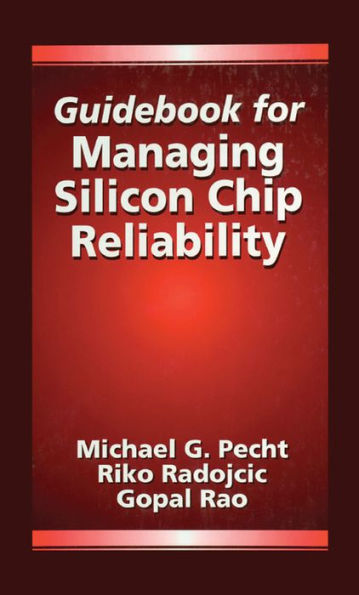Achieving cost-effective performance over time requires an organized, disciplined, and time-phased approach to product design, development, qualification, manufacture, and in-service management. Guidebook for Managing Silicon Chip Reliability examines the principal failure mechanisms associated with modern integrated circuits and describes common practices used to resolve them.
This quick reference on semiconductor reliability addresses the key question: How will the understanding of failure mechanisms affect the future?
Chapters discuss:
failure sites, operational loads, and failure mechanism
intrinsic device sensitivities
electromigration
hot carrier aging
time dependent dielectric breakdown
mechanical stress induced migration
alpha particle sensitivity
electrostatic discharge (ESD) and electrical overstress
latch-up
qualification
screening
guidelines for designing reliability
Guidebook for Managing Silicon Chip Reliability focuses on device failure and causes throughout - providing a thorough framework on how to model the mechanism, test for defects, and avoid and manage damage. It will serve as an exceptional resource for electrical engineers as well as mechanical engineers working in the field of electronic packaging.



